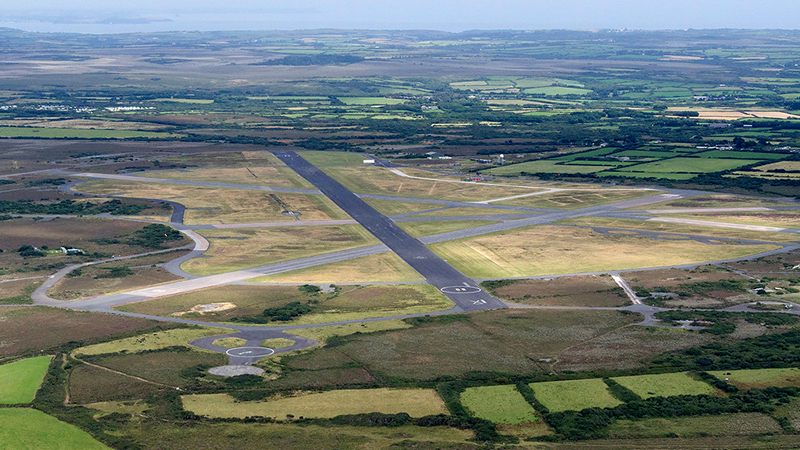

Image Courtesy: WholeShip
Advanced air mobility has a lot of potential for the future of transport and logistics. Whether it’s drones that carry cargo or help with emergency services or larger-scale EVTOL, it’s a pretty wide-ranging category that covers different use cases and environments.
Unsurprisingly, this makes flight testing a challenge, particularly in the UK. The combination of space (or lack thereof), weather patterns and flight regulations means we’re fairly limited in how and where we can test AAM vehicles.
So, how can we overcome these challenges, and what sets companies apart that offer testing facilities?
At the most basic level, an AAM testing facility requires space. Larger vehicles require more space, which can drastically restrict the options available. Smaller drones can be tested in less space, but remote-controlled aircraft need space to test their beyond-visible-line-of-sight capabilities.
This isn’t a massive challenge on its own, as the UK is home to plenty of fields, disused runways and air bases, and open space. But when we combine this with the need for specific airspace, our options are narrowed considerably.
Unmanned aircraft require segregated airspace, eliminating collision risks by controlling who and what can enter the space. Although there is no official amount of segregated airspace in the UK, the Civil Aviation Authority states it’s strictly controlled due to its impact on other (more valuable) types of airspace.
Then, we must combine this with the different testing scenarios needed for efficient flight testing. These usually include weather patterns, wind speeds, flying around buildings, and flying over land and sea. There are extensive criteria that AAMs have to meet to be sky-worthy, and the quicker these can be tested, the better.
The bottom line is that AAM testing facilities are vital to the future viability of these aircraft. Considering the restrictions and testing scenarios required, few companies offer these services in the UK.
One such company that offers these services is WholeShip, which runs Lizard Range. It’s based in Predannack Airfield in Cornwall, near Goonhilly Earth Station. The range covers 5,500 sq. km. of segregated airspace, meaning it’s perfect for testing Beyond Visible Line of Site capabilities. Moreover, the area covers land and sea with a range of microclimates, meaning UAMs can be tested in all the necessary flight-worthiness scenarios for flightworthiness.
These factors set spaces like the Lizard Range apart from typical aircraft testing facilities. Setting itself up as segregated airspace is perhaps the biggest, but it becomes a highly space-efficient facility when combined with the range of environments in such a small area.
But another important aspect of Lizard Range is its collaboration with the MOD and Cornwall Space Cluster. WholeShip combines its testing facilities with local knowledge and consulting to offer a “locally sourced” design to the certification pathway. Considering there aren’t many UAM testing spaces in the UK, this is a valuable combination of services.
Lizard Range is one of only a few UAM testing facilities in the UK. Hopefully, as the use cases for this technology increase, we’ll see even more pop up. Importantly, though, WholeShip shows what additional value can be added to UAM testing by adding local consultancy. If the UK is to meet its goal of being a stand-out aerospace market, we’ll have to take these kinds of steps.

